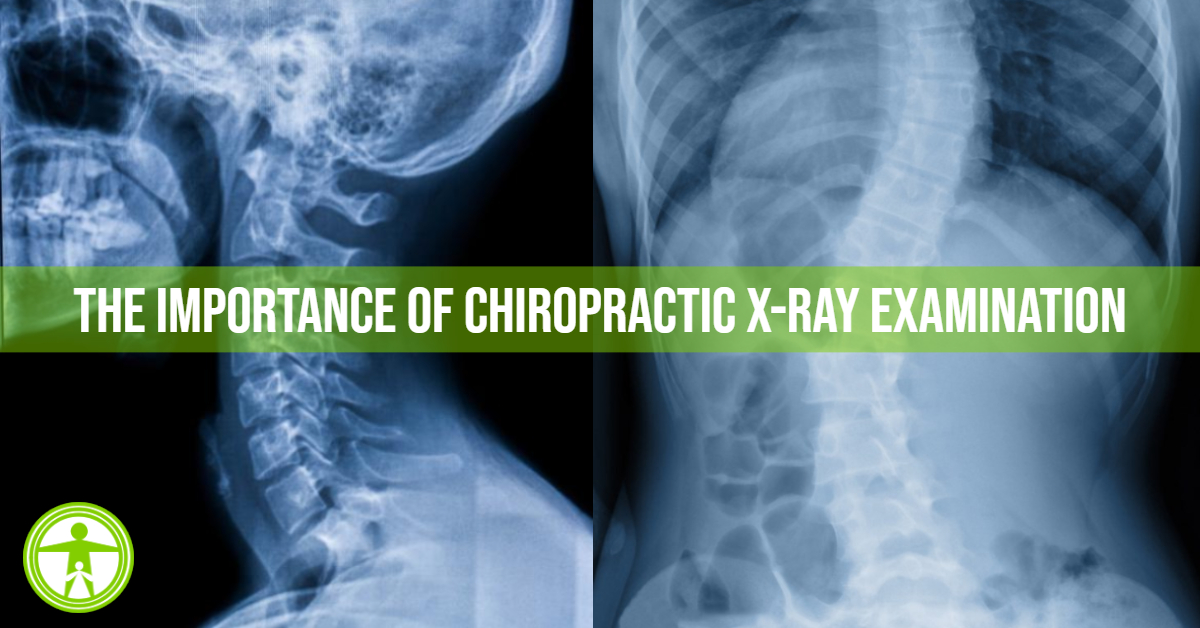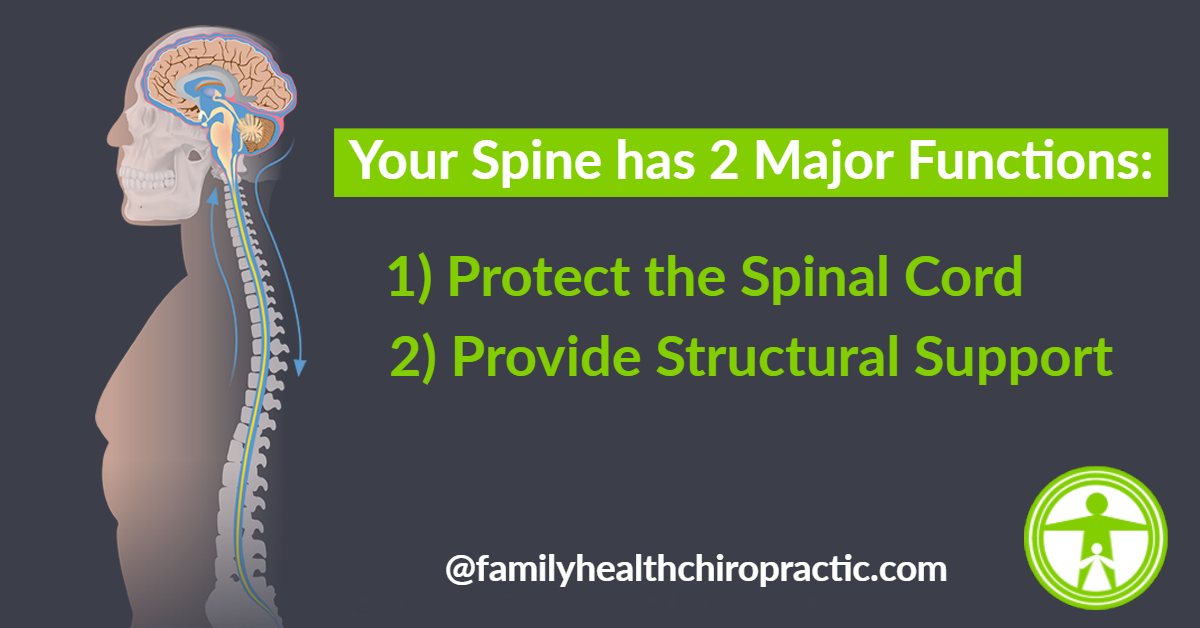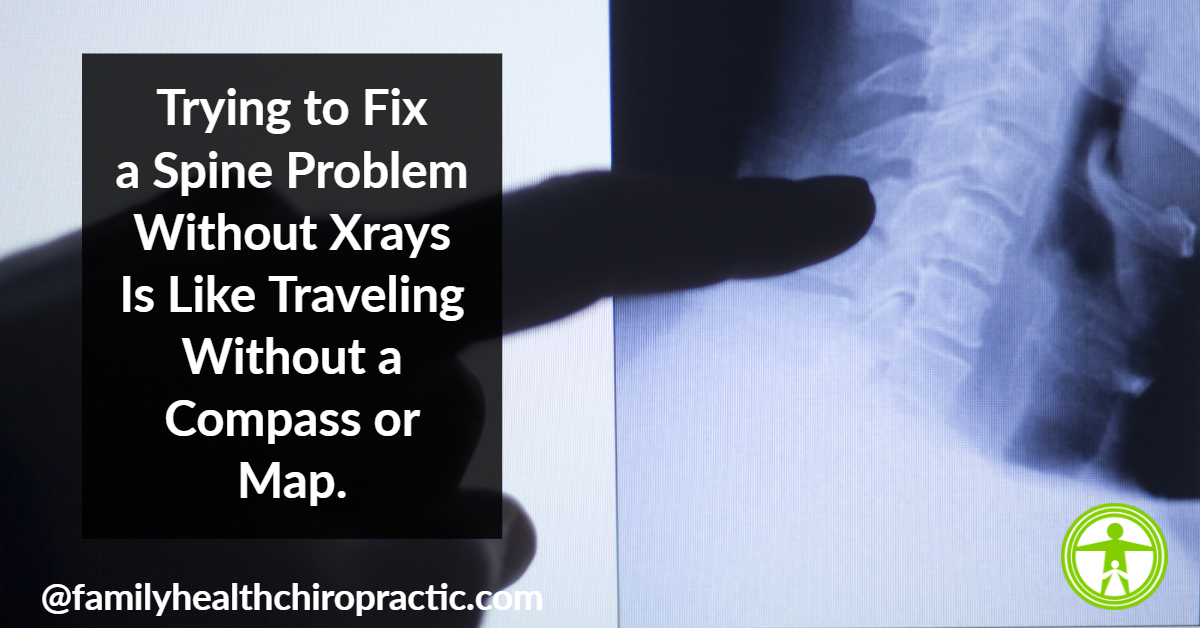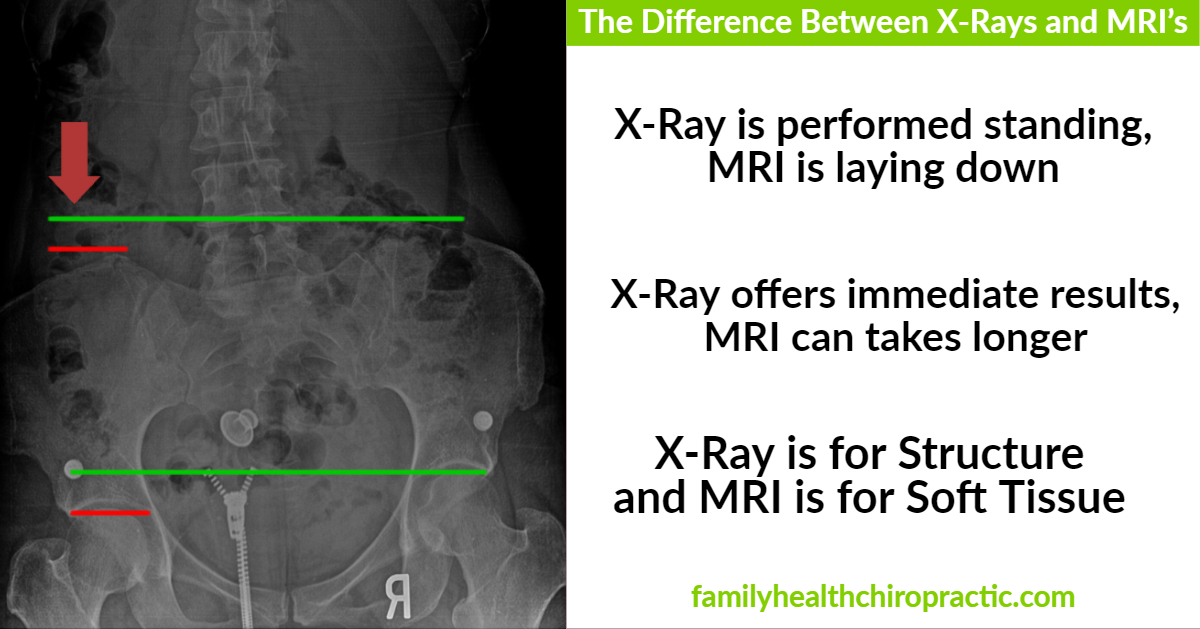The Importance of Chiropractic X-Rays
Without X-Rays, Many Doctors are Missing the Bigger Picture
One of the most important elements of chiropractic care is identifying the “cause” of a problem. Although there are a variety of diagnostic techniques to fully understand what could be happening, Digital X-Rays are the gold standard and not undergoing a proper assessment would be leaving so much information on the table.

The human spine serves many functions that can be organize into two primary categories:
1 – Structural Integrity
2 – Protection for the Spinal Cord
When someone is interested in optimizing their movement, decreasing pain and preventing chronic joint deterioration, a thorough and proper analysis of these two categories should be considered.
In this article, we are going to discuss how X-Ray analysis in a Chiropractic office is crucial to understanding your current and future risk of spine deterioration and joint disease.
X-Ray Diagnostics in Austin
Our Austin Chiropractor understands why an X-Ray examination of the spine is so important.
First, understand that the human spine serves two primary purposes:
It acts as the armor and protection for the spinal cord and provides a foundation for the entire body.
The Spine Provides Protection for Your Spinal Cord
The first and most important function of the spine is the fact that it is the armor and protection for your spinal cord.
While most people don't think that their headaches, neck pain, back pain, hip problems or even ankle pains could be related to damaging their spinal cord, there could be nothing further from the truth.
Imbalances in the overall alignment and structure of the spine, accelerates a break down of the bones of your spine, eventually causing damage to the nerve roots and spinal cord.
Spinal misalignments due to a combination of injuries, accidents, or even poor posture put excessive pressure on the spinal cord and all the delicate nerves coming out of it.
This nerve interference greatly diminishes nerve energy from reaching our limbs and organs – leading to organ dysfunction, pain, fatigue, and disease.
The Spine Provides Structural Integrity for Your Body
The human spine provides a foundation for your body whereby all the muscles, ligaments, and tendons connect to.
And it's these large, complex groups of muscles that work together to support the body and hold it upright, move, twist, bend and lift various objects in multiple directions.
If the spine is not properly aligned or in it's normal position, then all of these muscles downstream from the spine will be impacted negatively.
Certainly, muscles, ligaments and tendons can cause all sorts of problems and correcting their imbalances are important.
But if you don't correct the alignment and position of the spine (which is where they all connect to), then these muscles will never truly be fixed.
How Can You Measure Spine Misalignment & Damage?
Most chiropractors are highly trained to identify spinal misalignment's through a proper clinical examination via palpation and posture analysis.
While these approaches may clue a chiropractor in on an area of importance, it does not qualify the nature of the misalignment.
It's absolutely impossible to measure the tiny deviations that can occur in the spine, much less assess the overall integrity of the bones without x-rays.
Digital X-ray can provide qualitative and quantitative data that can be leveraged into a highly customized treatment solution.
Austin Chiropractor and X-Ray Studies
Chiropractors receive over 300 hours of X-ray studies before graduating and in this manner are fully trained to take radiographs and identify subtle anomalies of the spine as well as more significant pathologies.
This is a key difference between Chiropractors assessing X-Rays vs Medical doctors assessing X-Rays.
In fact, when a medical doctor takes an x-ray, they are not qualified to interpret the results and must send it to a radiologist. Whereas, Chiropractors are fully qualified and licensed to interpret films.
There are many reasons why X-Rays are necessitated rather than simply relying on a clinical examination.
For example, a rotation of the C6 and C7 vertebrae in your neck can be felt through palpation.
But to what degree are they rotated? And, moreover, is this rotation accompanied by any lateral movement? If so, to what degree?
Through films, a chiropractor can juxtapose a physical image of this affected area against an ideal spine model to qualify what they may already know to be a problem.
Qualification then opens the door for treatment.
In this same example, slight rotation and accompanying lateral movement may require a three-week adjustment schedule, coupled with posterior chain strengthening and myofascial release. Without X-Rays you would never know what's happening.
The Difference Between X-Ray and MRI Examinations
The first and most important difference between an X-Ray and MRI examination is gravity.
If you're experiencing any kind of pain, from a structural point of view, laying down will demonstrate completely different structural alignment and integrity from standing up.
While we spend a lot of time sleeping, most of our life is spent upright. This is why its important to assess your body in an upright or standing position rather than laying down.
The second difference is what kind of information you can gather from either of the two examinations.
X-Ray examinations when done upright will allow the doctor to assess the biomechanical, postural and structural integrity of the body.
MRI examinations will allow the doctor to assess for soft tissue components that won't show up on X-Ray such as disc herniations, muscle, ligament and tendon injuries.
All that said, if your spine is not properly aligned… it could be the “cause” of your disc herniations, muscle, ligament and tendon injuries.
Finally, if you have an injury that cannot be helped after a conservative course of treatment over 3 to 6 months, then MRI's or CT scans would be appropriate, but it shouldn't be where you start.
Digital X-Ray Safety
X-rays are asafe and cost effective way to view the structure and overall condition of the spine.
They can identify spinal regions under high stress and expose areas undergoing degenerative change. This can often provide vital information which correlates examination findings with history, allowing for a more precise spinal analysis and a more tailored and effective treatment plan.
X-rays are also advantageous when assessing the necessity of chiropractic care, as they can help to rule out more serious injuries such as spinal fractures, tumors, and infections, which require emergency medical intervention.
Family Health Chiropractic Can Administer X-Ray Diagnostics If Necessary
Our Austin Chiropractic clinic can provide X-ray diagnostics if you have suffered from some type of ailment or condition for an excessive amount of time and have not yet found the root source of your pain.
We offer state-of-the-art technology that can pinpoint the specific location of your injury, allowing your Chiropractor to recommend the most appropriate treatment solution that offers immediate relief and prevents further damage from taking place.
Our Austin Chiropractic Clinic welcomes same day visit and you can schedule a consultation by filling out our online submission form or by calling us at 512-347-8881.



